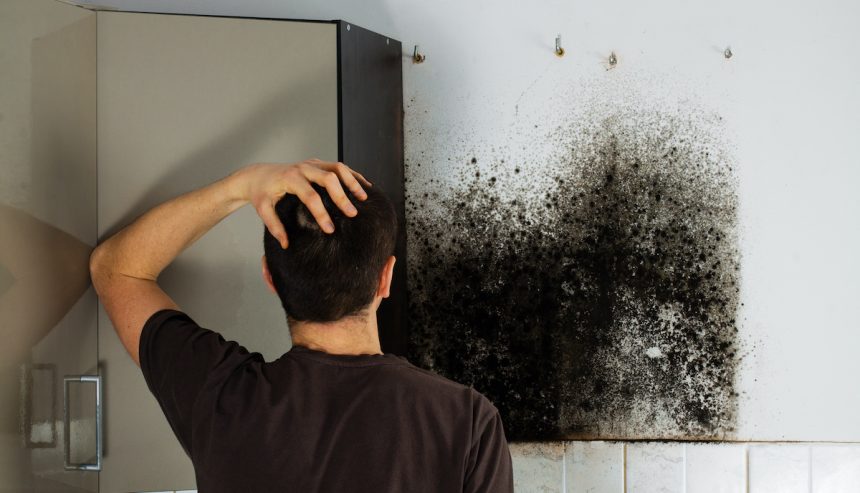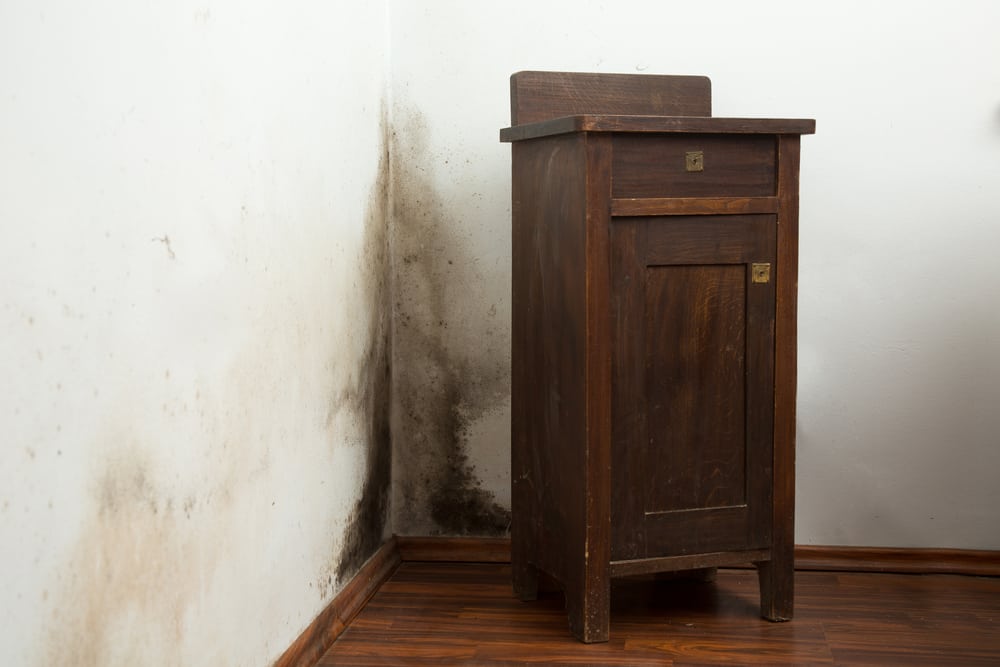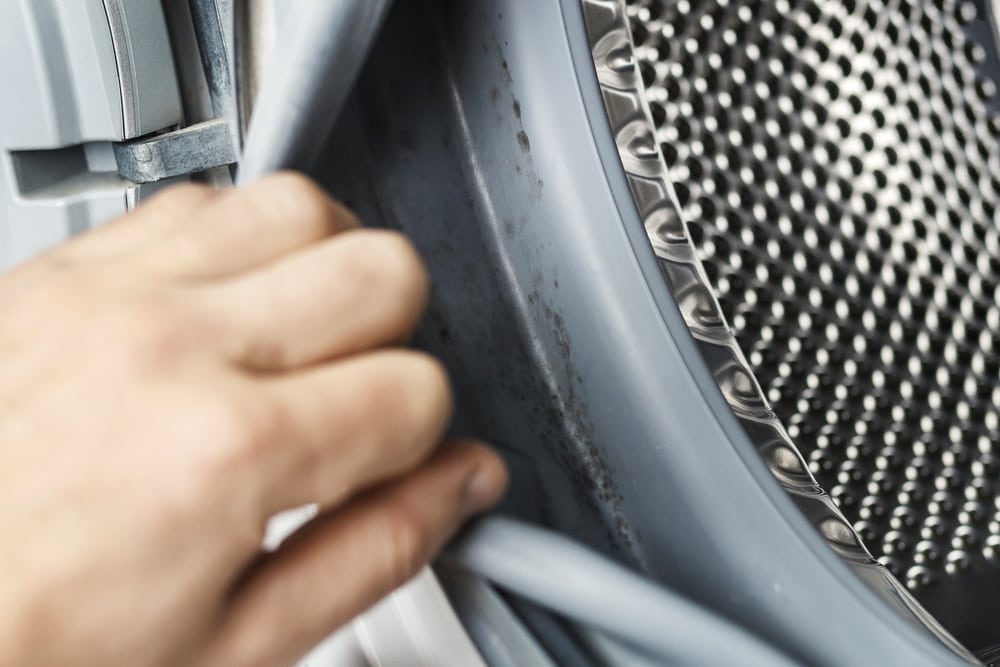Effects of Black Mold Exposure in a Home
Table of Contents
Black mold, scientifically known as Stachybotrys chartarum, is one of the most concerning indoor contaminants. While short-term exposure can cause discomfort, long-term exposure to black mold can have severe consequences on both physical health and the structural integrity of a home. Many homeowners remain unaware of the risks until it’s too late.
Understanding the long-term effects of black mold exposure is crucial for taking preventive measures and safeguarding your home and well-being.
Health Effects of Long-Term Black Mold Exposure
1. Respiratory Issues
Black mold releases mycotoxins and spores that, when inhaled over time, can lead to chronic respiratory conditions. Individuals exposed to black mold for extended periods may experience:
- Persistent coughing and wheezing
- Shortness of breath
- Aggravation of asthma symptoms
- Chronic sinus infections
Those with pre-existing respiratory conditions, such as asthma or chronic obstructive pulmonary disease (COPD), are particularly vulnerable. In extreme cases, long-term mold exposure may contribute to lung infections or permanent lung damage.
2. Neurological Symptoms
The mycotoxins released by black mold can also impact the nervous system. Prolonged exposure has been linked to neurological and cognitive symptoms, including:
- Memory loss
- Difficulty concentrating
- Headaches and migraines
- Dizziness and vertigo
Some individuals report experiencing brain fog, making everyday tasks challenging. In severe cases, long-term exposure can contribute to mood disorders such as anxiety and depression.
3. Immune System Suppression
Black mold exposure can weaken the immune system, making individuals more susceptible to infections and illnesses. People with compromised immune systems, including infants, the elderly, and those undergoing medical treatments, may experience more frequent and severe infections due to prolonged mold exposure.
4. Skin and Eye Irritation
Direct contact with mold spores can lead to persistent skin issues, including rashes, hives, and itchiness. Eye irritation, redness, and watering are also common symptoms. Over time, chronic exposure can exacerbate allergic reactions and sensitivities.
Structural Damage to a Home
Beyond the health implications, long-term black mold growth can cause serious damage to a home’s structure.
Damage to Walls and Ceilings
Mold thrives in damp environments, often growing behind walls, ceilings, and floors. Over time, black mold can weaken drywall, causing it to crumble and deteriorate. This can lead to costly repairs and potential safety hazards.
Weakening of Wood Structures
Black mold feeds on organic materials, including wood. When mold infiltrates wooden beams, flooring, and furniture, it can weaken their structural integrity, increasing the risk of collapse or major damage.
Decreased Property Value
A home infested with black mold can suffer significant depreciation in value. If mold is discovered during a home inspection, potential buyers may be deterred, leading to difficulties in selling the property or requiring expensive remediation before listing.
Preventing Long-Term Black Mold Exposure
The best way to avoid the harmful effects of black mold is through proactive prevention and early detection. Here are some crucial steps homeowners can take:
Control Moisture Levels: Keep humidity levels in your home below 50%. Use dehumidifiers and proper ventilation in areas prone to moisture, such as bathrooms, kitchens, and basements.
Fix Leaks Promptly: Water leaks from roofs, plumbing, or windows can create an ideal environment for mold growth. Address leaks as soon as they are detected.
Improve Air Circulation: Proper airflow helps prevent mold spores from settling. Regularly open windows and use fans to maintain good ventilation.
Regular Inspections: Conduct routine checks in damp or dark areas to identify early signs of mold growth.
Professional Remediation: If black mold is discovered, it’s best to seek professional remediation services to ensure safe and thorough removal.
For Black Mold Removal Services in Maine, Contact PuroClean on (207) 531-1200
While DIY methods can work for small mold patches, larger infestations or recurring issues often require professional expertise. Our mold remediation service ensures a comprehensive approach, addressing both the visible mold and the underlying causes.
With advanced tools and techniques, we’ll restore your home and provide recommendations to keep your home mold-free. Call PuroClean of Auburn for mold removal services in Maine at (207) 531-1200.
Conclusion
Black mold exposure is a serious concern that can lead to lasting health complications and costly structural damage. By understanding the long-term effects and taking preventive measures, homeowners can protect both their families and their properties. If you suspect black mold in your home, acting swiftly is key to mitigating its risks and ensuring a safe living environment.



